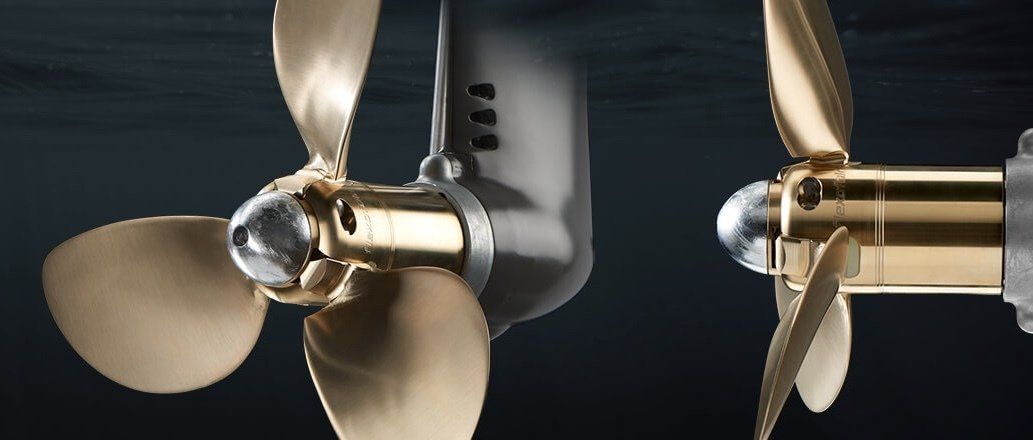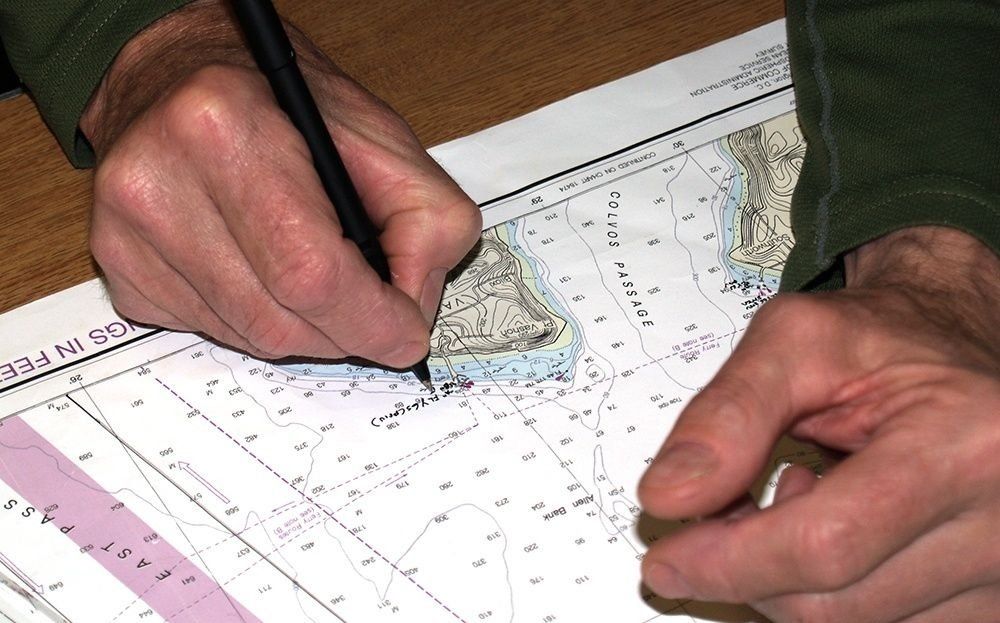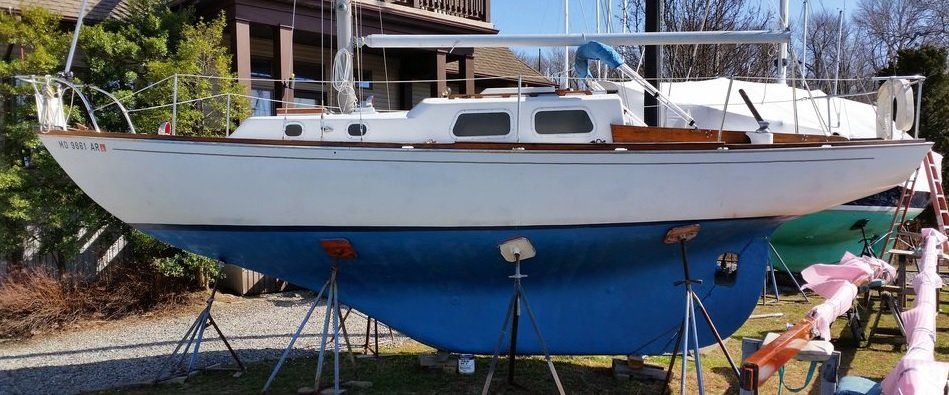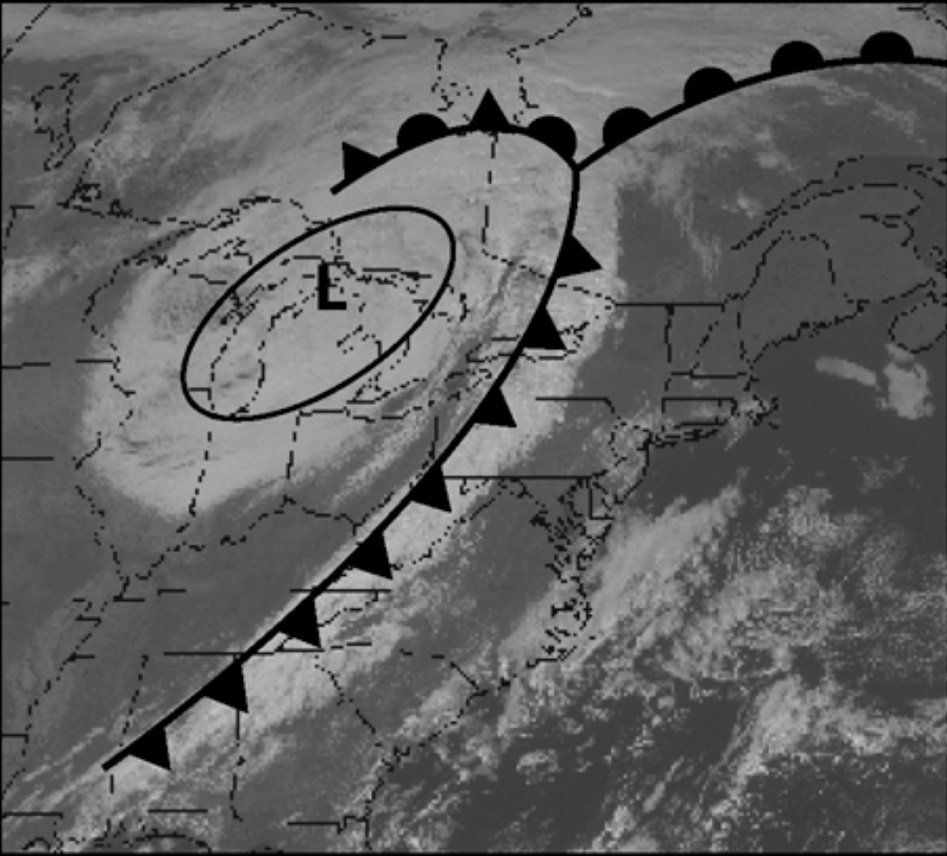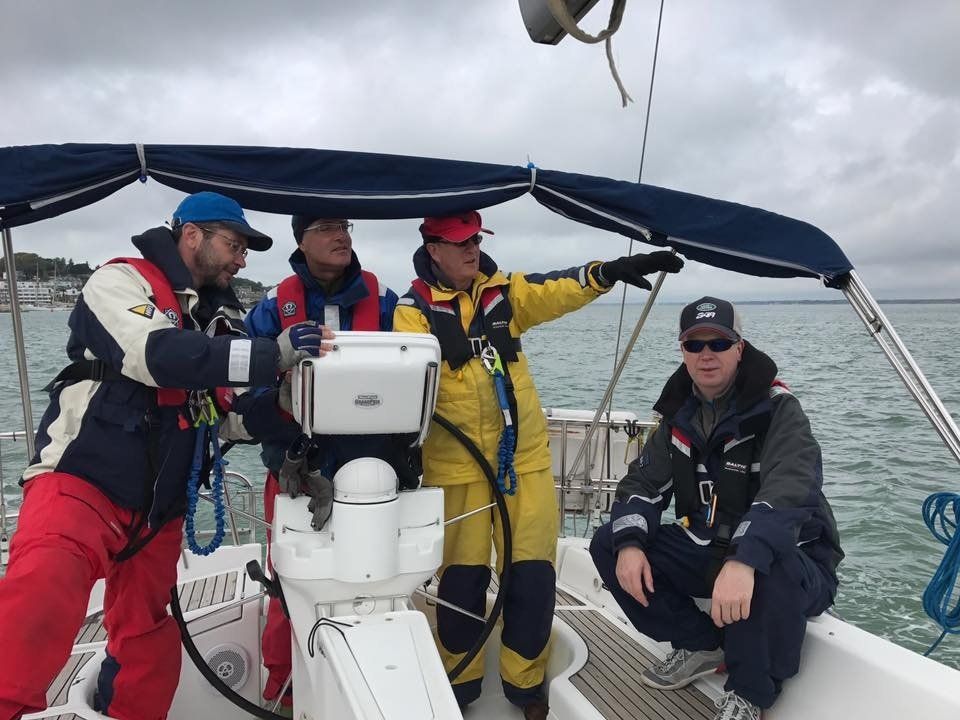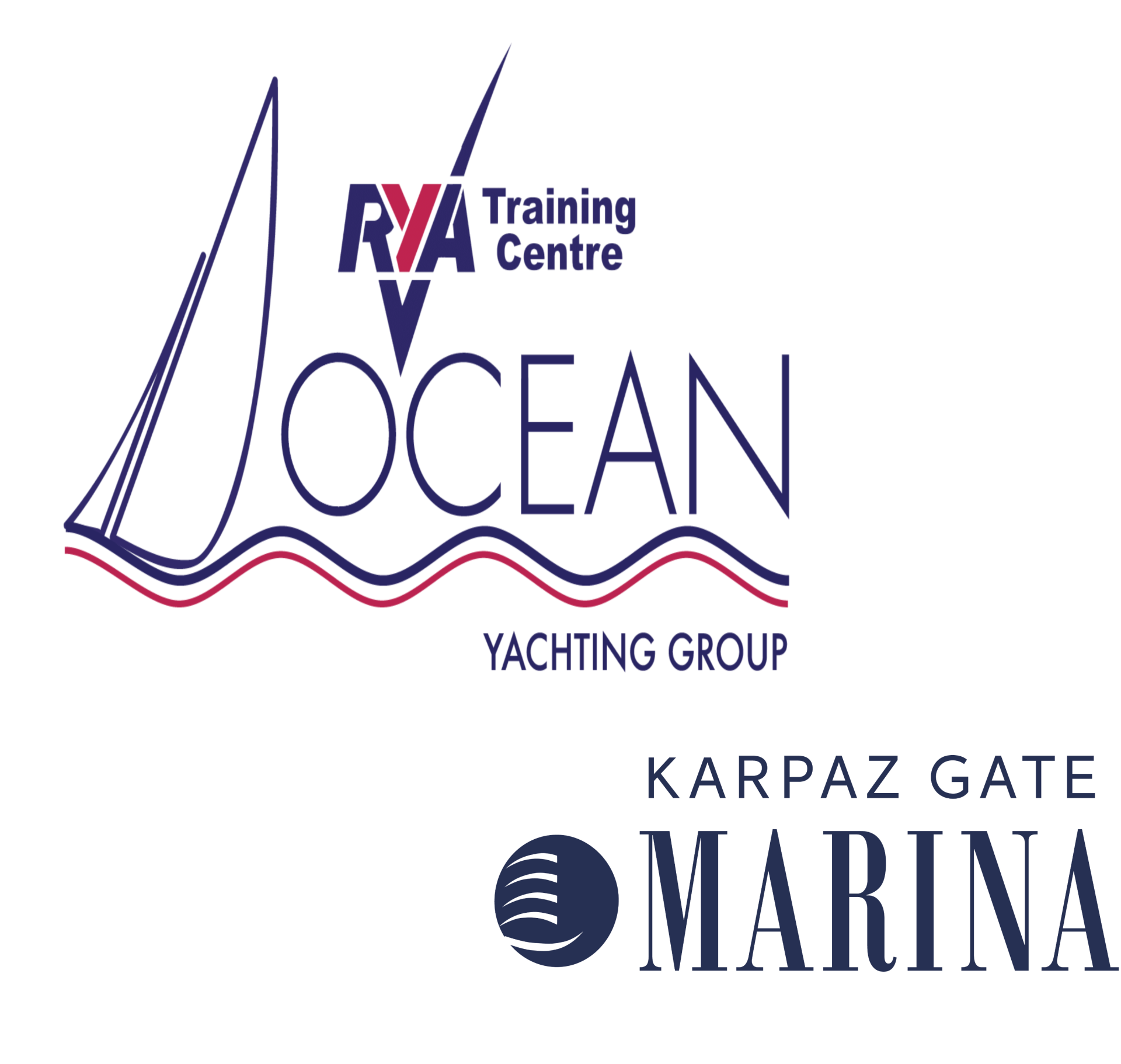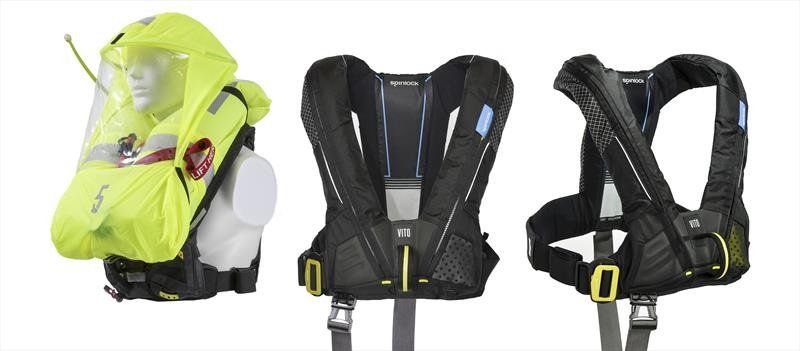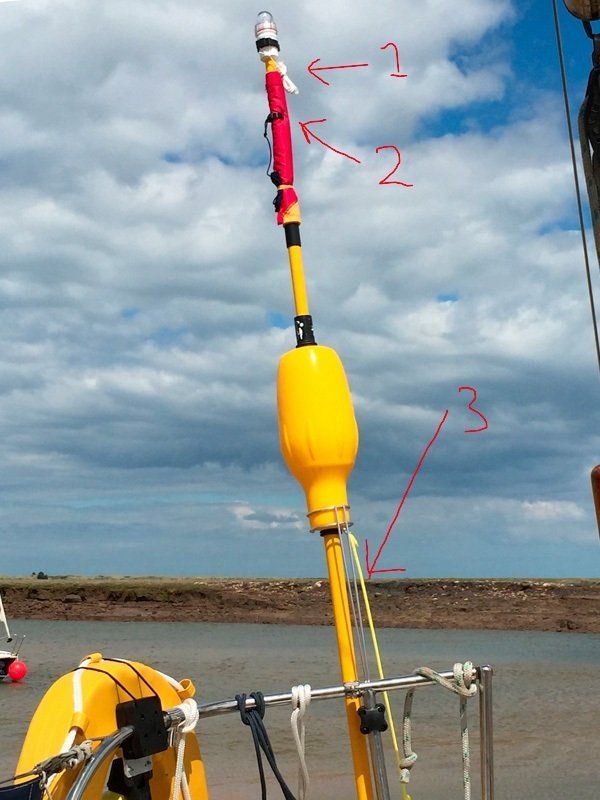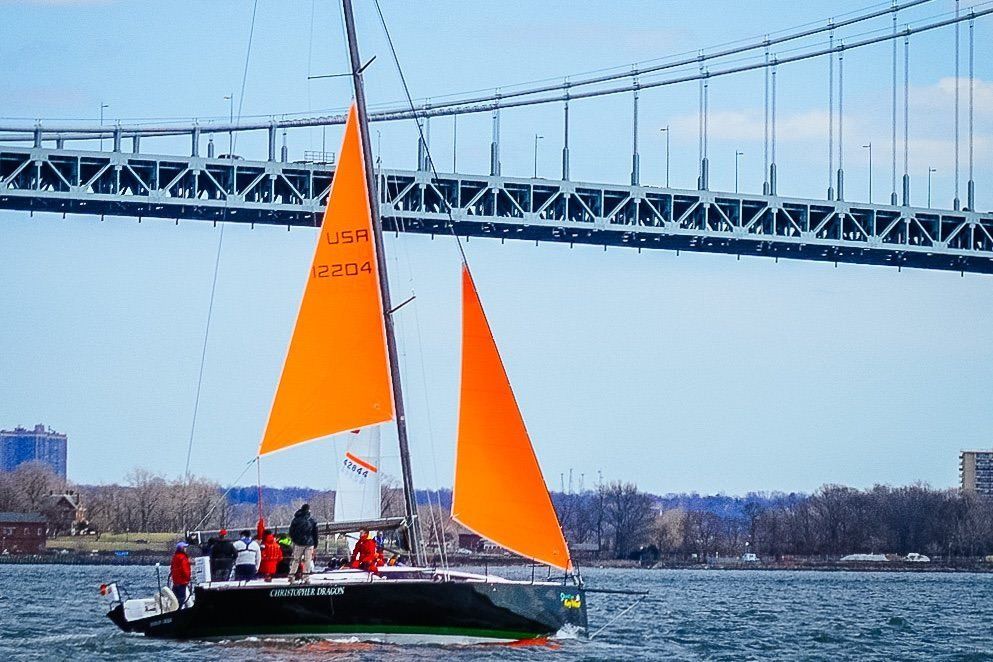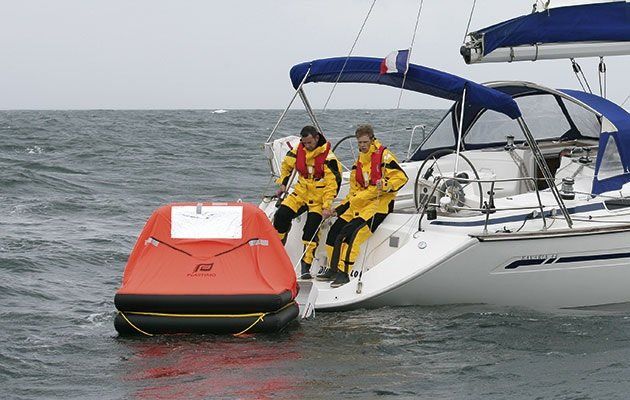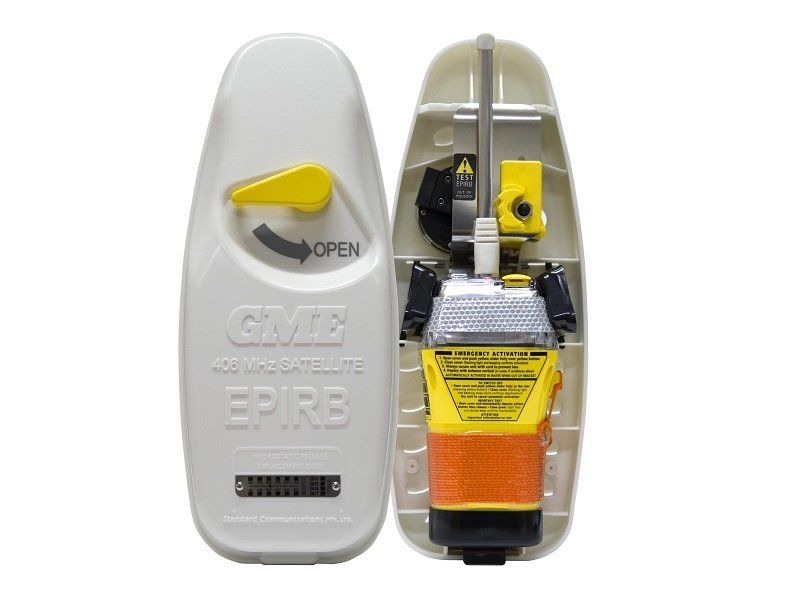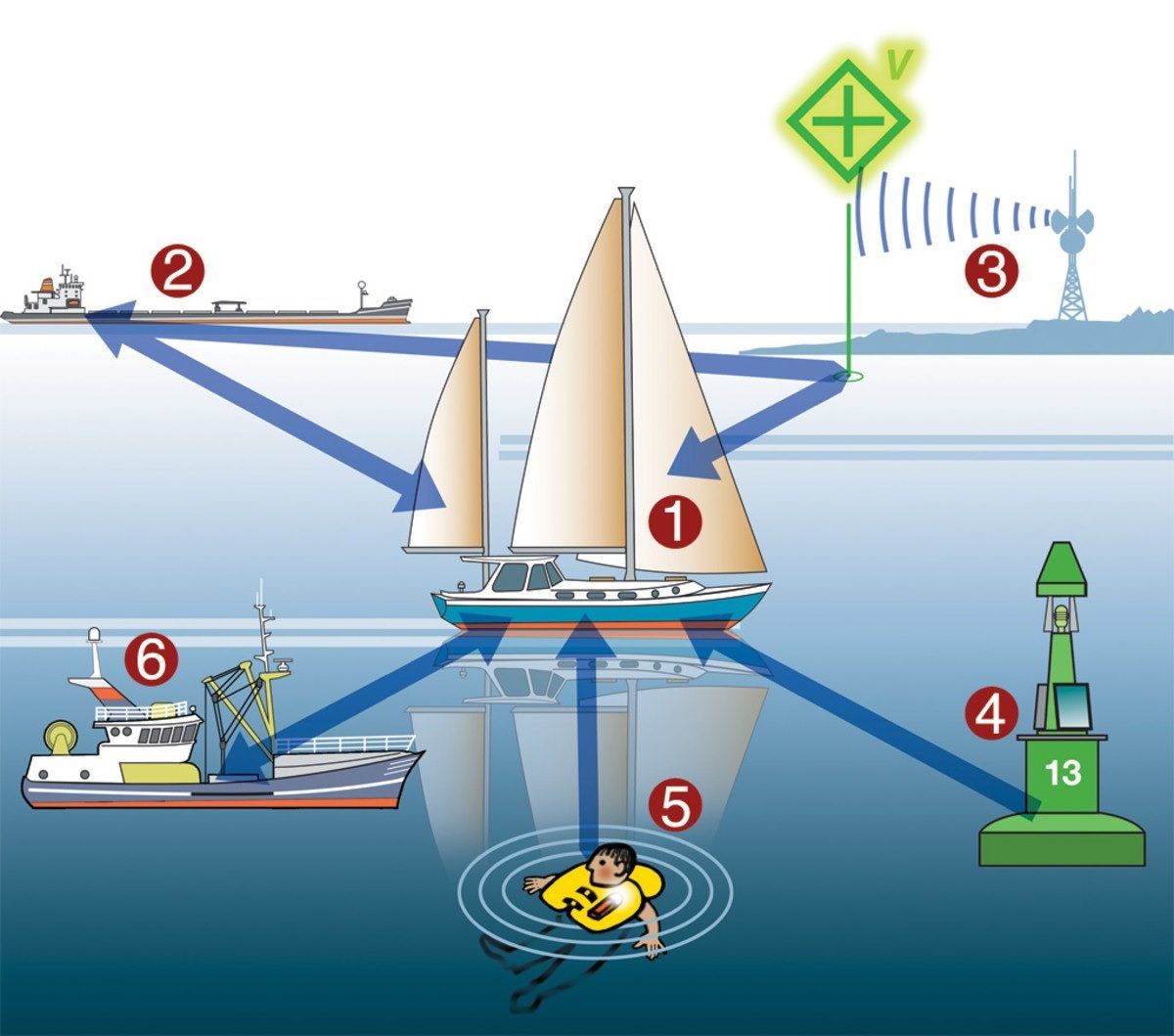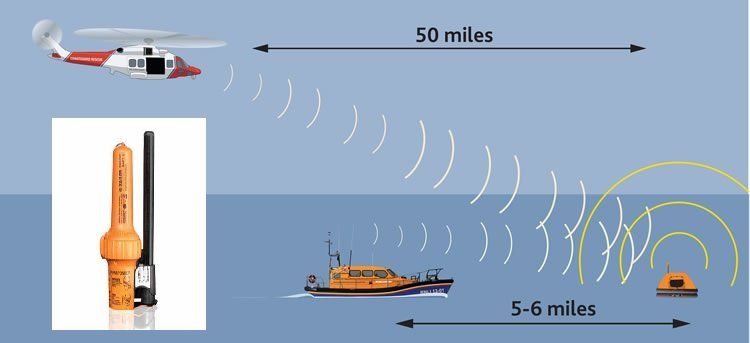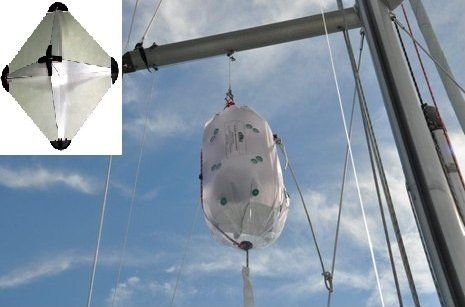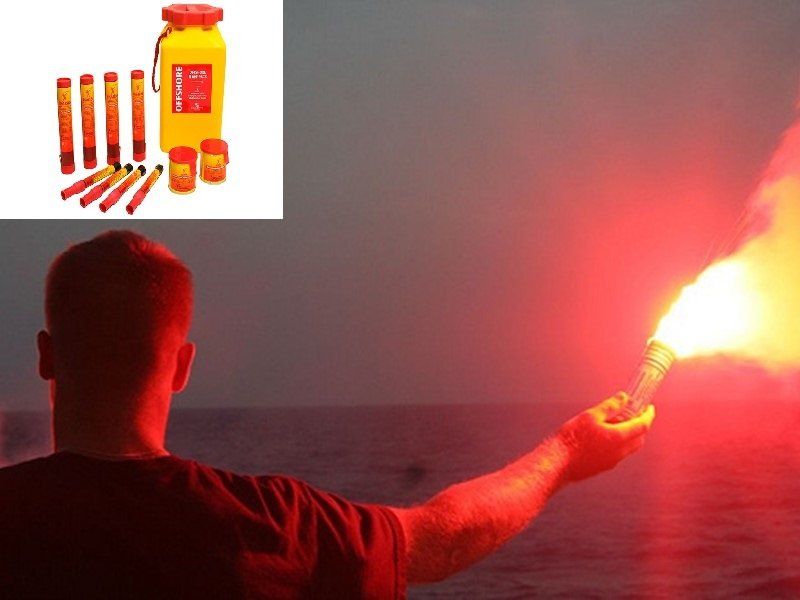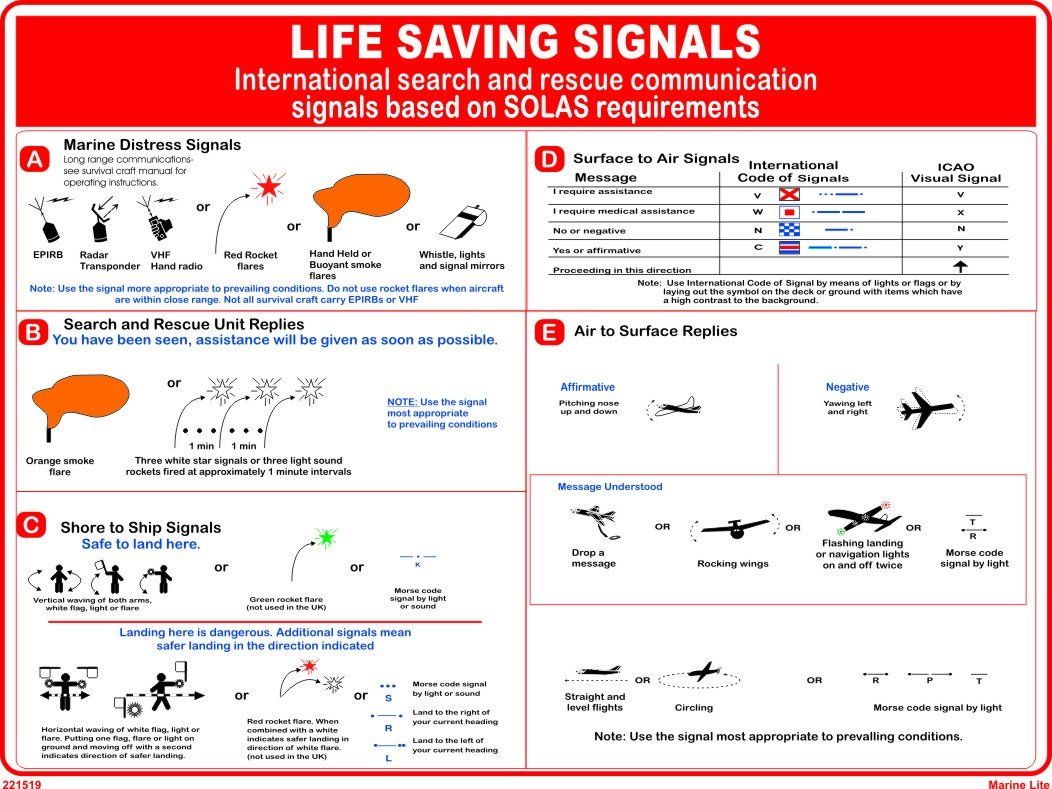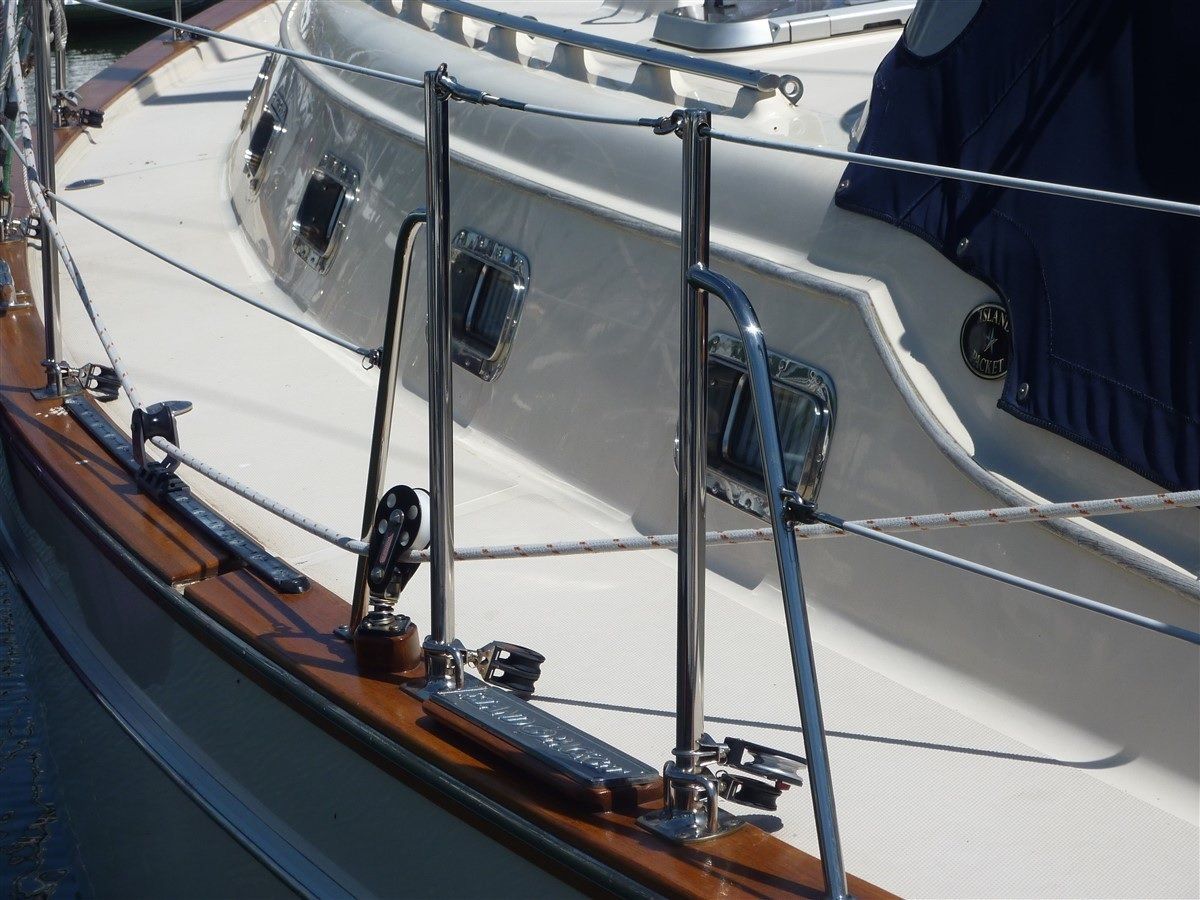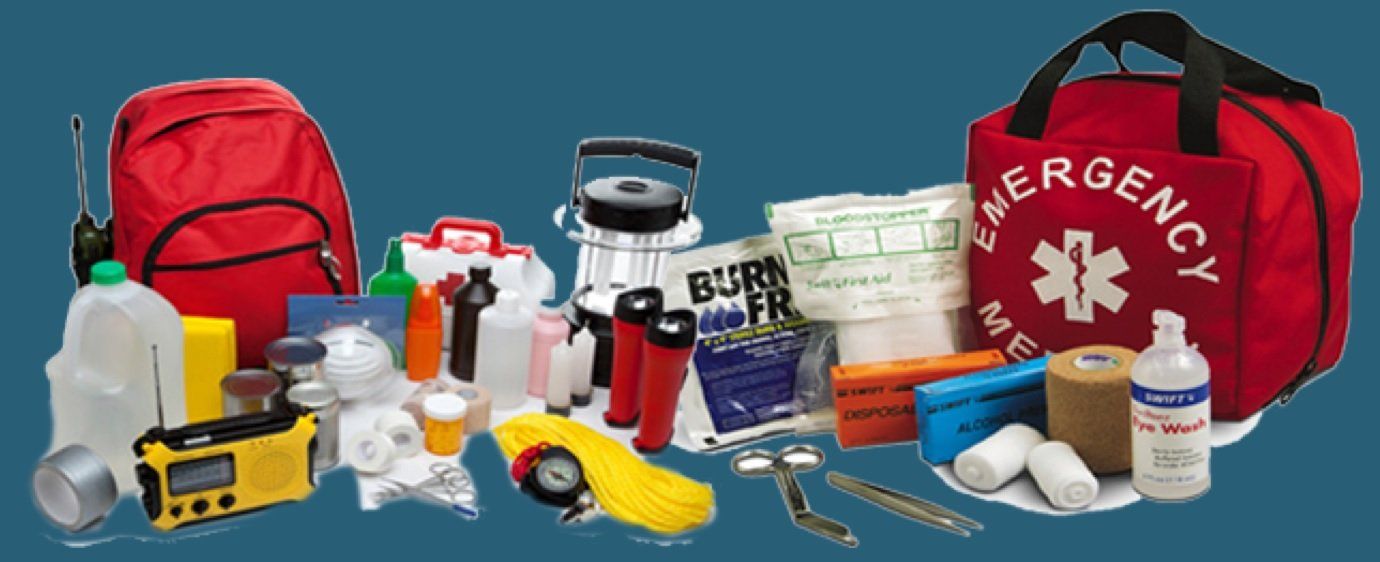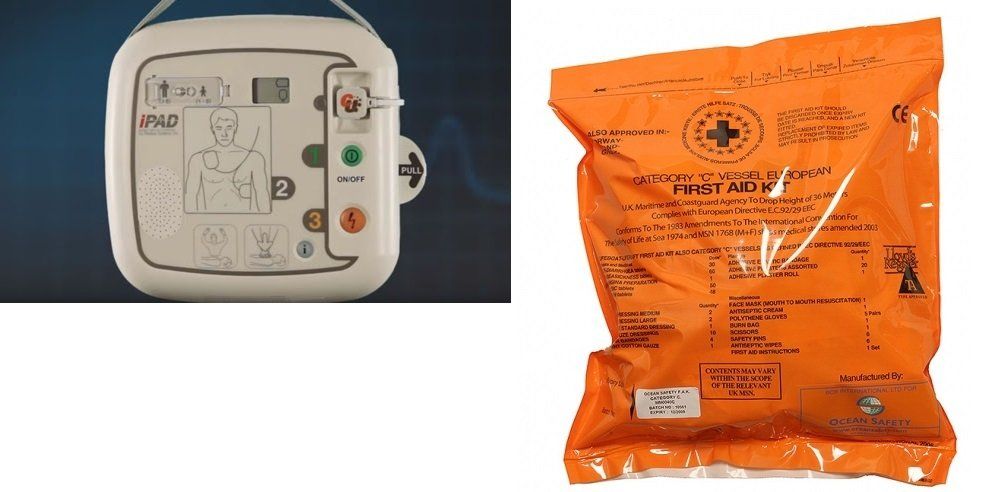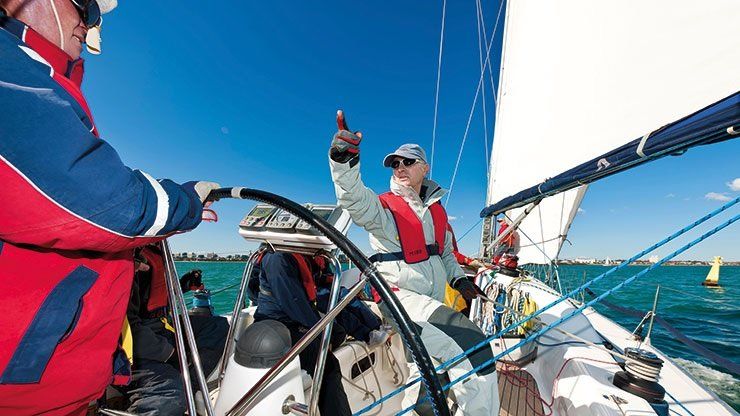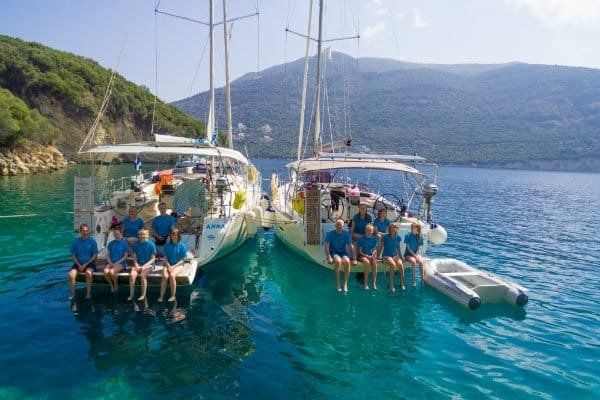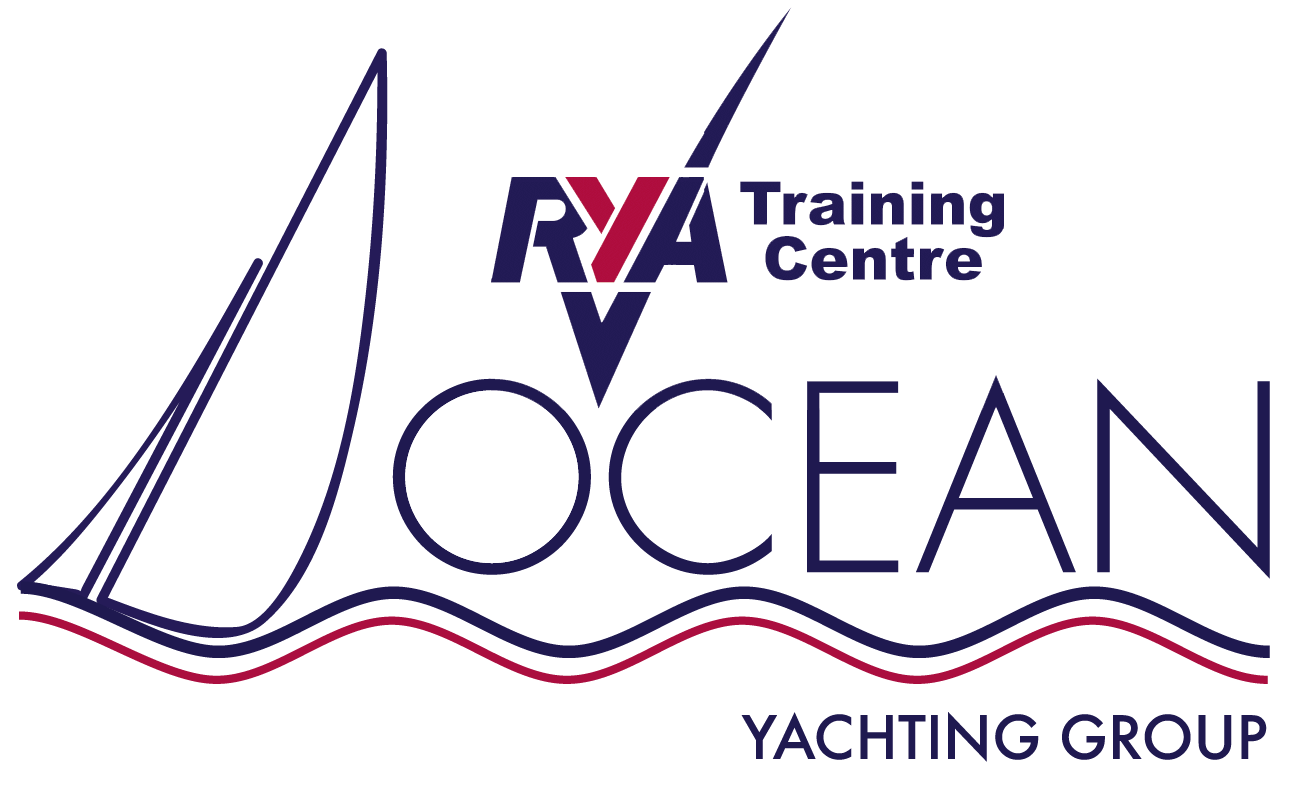Safety Equipment Required for Boats up to 28 meters
List and Tips
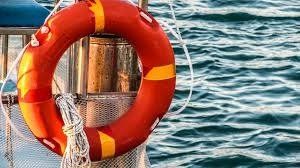
What sailing safety regulations do I need to adhere to?
It’s important to remember that sailing safety regulations will differ from country to country. They will also vary depending whether you’re going inshore or offshore, and what sort of vessel you’re on: shipping vessel, cruising yacht, motorboat and so on.
One of the priorities within the marine industry is safety, preservation of life and sea and prevention of marine pollution. In light of this the International Maritime Organization (IMO) relies on the Safety Of Life At Sea (SOLAS) convention to specify minimum standards for the construction, equipment and operation of ships to meet safety standards.
While some of the chapters in the SOLAS convention might not be applicable to you, it is still a good idea to pick up a SOLAS Guide and ensure you’re at least familiar with the international requirements. There are 14 chapters within the SOLAS convention which include:
- Chapter 1: General provisions
- Chapter 2 | 1: Construction - subdivision and stability, machinery and electrical installations
- Chapter 2 | 2: Fire protection, fire detection and fire extinction
- Chapter 3: Life-saving appliances and arrangements
- Chapter 4: Radio communications
- Chapter 5: Safety of navigation
- Chapter 6: Carriage of cargoes
- Chapter 7: Carriage of dangerous goods
- Chapter 8: Nuclear ships
- Chapter 9: Management for the safe operation of ships
- Chapter 10: Safety measures for high speed craft
- Chapter 11 | 1: Special measures to enhance maritime security
- Chapter 12: Additional safety measures for bulk carriers
- Chapter 13: Verification of compliance
- Chapter 14: Safety measures for ships operating in polar waters
Boat based safety kit you’ll find on our boat!
Okay so let’s face it, there isn’t one list of safety kit you can put out into the world that will be suitable for everyone, so we’re not even going to try. Hopefully with the information provided above we all know where to look to find out what specific safety measures we need to take. Here’s a list of some of the boat based safety items found onboard our boat.
Lifejackets and safety tethers
Always ensure there are at least enough lifejackets for the number of people the boat can carry.
We actually recommend taking one or two extra ones, just in case. Make sure people know where they are and how to put them on. We personally like the spinlock life jacket and harness as the
backtow and hood technology helps ensure you are face up and your mouth is free of spray, rather than face down and mouth full of water from the braking waves, if you fall overboard and are still tethered to the boat. Regardless of the brand you get, it is important to:
- Regularly check the gas canisters are properly attached and not out of date.
- Always get lifejackets that have a strap going in between your legs, anyone who’s ever done an offshore sea survival course will never want to use one without these straps, and rightfully so.
- And finally, it’s good to regularly test your vests by blowing them up and leaving them overnight. It’s better to find out if you have one with a leak before setting off on a journey!
Danbuoy
In the event of a man overboard (MOB) you throw your danbuoy into the water to mark the spot they went in. This then helps you start your search grid pattern to find them again. The danbuoy is usually fixed to a life ring or other floating device, has a flag on the top of a tall pole and a flashing light. Some super fancy ones even have AIS.
It’s very important not just you, but all of your crew, know how to grab the danbuoy and throw it overboard in the case of an emergency. You don’t want to find you’re in a sticky situation and suddenly someone has tightly tied the danbuoy onto the rail and you can’t get it off!
Storm sails
These might include a Storm Trysail, Storm Jib and/or a Heavy Weather Jib.
If you’re a cruiser you might not think storm sails are for you, but if you get caught out in a particularly nasty storm simply reefing your main or furling your jib will not reduce windage enough to avoid becoming overpowered.
In really bad weather storm sails can help stabilise your boat to ride out the storm, equally they help protect your normal sails from intense wear when going through extreme weather.
For further information it’s worth looking up the latest World Sailing Regulations and recommendations.
Top Tip: make sure you have practiced rigging your storm sails. They can be fiddly if you haven't rigged them before and the sails are usually really stiff making them difficult to handle. You don't want to be trying it out for the first time in a storm!
Liferaft
A liferaft is often thought of as a “life saving” piece of equipment, and it certainly should be.
But never mistake it for a comfortable way to survive. Unless your yacht is truly sinking, you are almost always better off staying on it, even in the seemingly worst case scenarios, than getting into what is essentially a piece of thin plastic. Keep this saying at the front of your mind: never get into a life raft unless you’re stepping up into it!
But should that unlikely situation arise you had better make sure that you not only have one but that it’s in an easy to access (and deployable) location and that you and your crew know how to use it. For more information about liferafts check out Sail Magazines article on, “how to choose a liferaft.”
We also highly recommend doing a sea survival course. You’ll be surprised how hard it is to actually get into a liferaft, even in the comfort of a swimming pool!
EPIRB
Otherwise known as an Emergency Position Indicating Radio Beacon. An EPIRB is an emergency locator beacon with a portable battery powered radio transmitter. The EPIRB is automatically activated in the event of being submerged in water or if the user pushes the dedicated button on the unit. EPRIBs use satellites to transmit a continuous radio signal to help emergency services locate your vessel when in distress.
Top Tip: always register your EPIRB properly and make sure you check the battery as part of your regular safety checklist.
AIS
Automatic Identification Systems (AIS) is a digital radio-based transponder system. AIS systems are used to broadcast a vessel's position helping protect it from collisions at sea, especially when visual line of sight is difficult. AIS is a useful safety device, which has the added benefit that enables people at home to track you on websites like Marine Traffic (as long as you don’t go too far offshore). When sailing at night, making way through a busy shipping lane or in fog, AIS helps ensure other vessels know where you are.
When you see a vessel using AIS, depending on your chart plotter, you can then click on the vessel and view their MMSI, their speed and direction and even call them on the VHF if required.
SART
A Search And Rescue Transponder (SART) is an electronic safety device that automatically reacts to the transmission of radar and enhances your visibility on a radar screen. When a SART detects a radar signal it will automatically send out 12 pulses on the same frequency, which will appear as echo dots on a ships radar screen, the closer the dots, the closer the vessel knows it is to you.
You can also get what is called AIS-SART which does not use RADAR but AIS messages containing GPS position information. According to Superyacht Marine Store, “AIS and RADAR SARTS are considered equivalent by maritime authorities.”
RADAR reflector
RADAR reflectors are also an essential safety tool for helping ensure your vessel’s radar emission is stronger and more consistent to pick up on RADAR screens. This helps ensure you are easier to see which is especially useful in busy shipping lanes where large ships may not even see you! Equally at night it helps ensure you’re easily picked up by other vessels.
Flares
All boats operating outside of protected waters must carry flares and to be honest it’s a good idea to carry them regardless. Which flares you need (such as handheld flares and parachute flares, inshore, offshore or gunshot flares) will depend on how far you’re going.
Another thing to be diligent about is checking the expiry date of your flares to ensure you’re always up to date. If you need to dispose of old flares check out this government website on how to do it safely. If you’re not sure which flares are right for you and your boat go and speak with you local chandlery, such as Force 4, and ask for some advice!
Top Tip: if you have a rocket or parachute flare don’t fire them at a rescue chopper, they will very likely decide to leave you behind!
Life saving signals card
In the event of distress you may need rescuing from your boat or from in the water. If aerial rescue is required it is essential that you know what hand, flare and flag signals mean to the rescue services. In a state of emergency it can be easy to forget something that you may not have revised recently, so it’s always a good idea to have a laminated signal card taped somewhere easy to reach if needed. Bear in mind even if you know all the signals, you might be hurt, and will be relying on your crew to speak to the emergency services for you.
Guard wires
Guard wires give you something to hold onto when underway and might just be the barrier between you and a quick swim in the sea if you’re not paying attention. A common mistake most people make is not checking the guard railing. Always ensure to check for rust, fraying and other signs of wear. If a guardrail gives way when you go to lean on it or get washed into it because of a wave you can quickly find yourself in a tricky situation. Make checking guardrails a part of your monthly boat maintenance.
If you are heading out with smaller crew members, it’s also a great idea to put some guard rail netting in between the wires. You’d be amazed how easily someone can “slip through” without it. And who knows, it might also just save your kettle from going overboard - clearly life saving!
First aid kit
It can be tricky to decide how much to put in your first aid kit, it will depend on the type of sailing you're doing and how many crew you have. Without question most common injuries on boats are cuts, bruises, stubbed toes, concussion and seasickness. So it goes without saying that you should have those bases covered with antiseptic, bandages, warps, pain killers, sewing kits and so on. Here is a list of the top 10 marine kits for 2020 as stated by Marine Talk.
For longer trips you need to consider more serious illnesses such as ear infections, someone getting a high fever, an infected cut, losing a finger or breaking an arm or a leg - the list goes on. So for longer trips we’d generally be looking at stocking even more items like:
- Antihistamines
- Antibiotics: two types of broad-spectrum
- Heat and cold packs
- Rehydration packets
- Laxatives
- Heartburn medication
- Muscle relaxants
- Adrenaline syringe for anaphylaxis
- Common cold medicine
- A thermometer
- Slings and splints
Please note the above is not an exhaustive list but a guideline! Here are some more items that sailors might consider when heading out to sea:
- Maritime radio / VHF
- Emergency VHF
- Gas detectors
- Exhaust detectors
- Bailer, bilge pump, bucket with rope and bungs
- SSB radio and/or satellite phone
- LW radio to receive shipping forecasts
- Drogue
- Personal: tethers, lifejackets, safety search lights and water strobes
- Navigation: charts, drawing instruments for navigation, almanac, pilot book, hand bearing compass, fixed steering compass lit for steering at night, binoculars, logbook, GPS chart plotter, sailing navigation app
- Portable bilge pump
- Water maker
- Hydraulic cutters
- Grab bag with safety kit, passports and survival gear
Make your own safety checklist!
Our final tip would be to make your own safety checklist that you run through before any big trip and certainly on a regular basis. It’s always best to make your own as you will know what gear you need for your boat and the type of sailing you’re doing.
Make sure the checklist is comprehensive and runs through any items that may need to be checked for expiry dates or ware and tear. Getting your crew to go through this checklist also helps them to get familiar with the safety items you have onboard.
